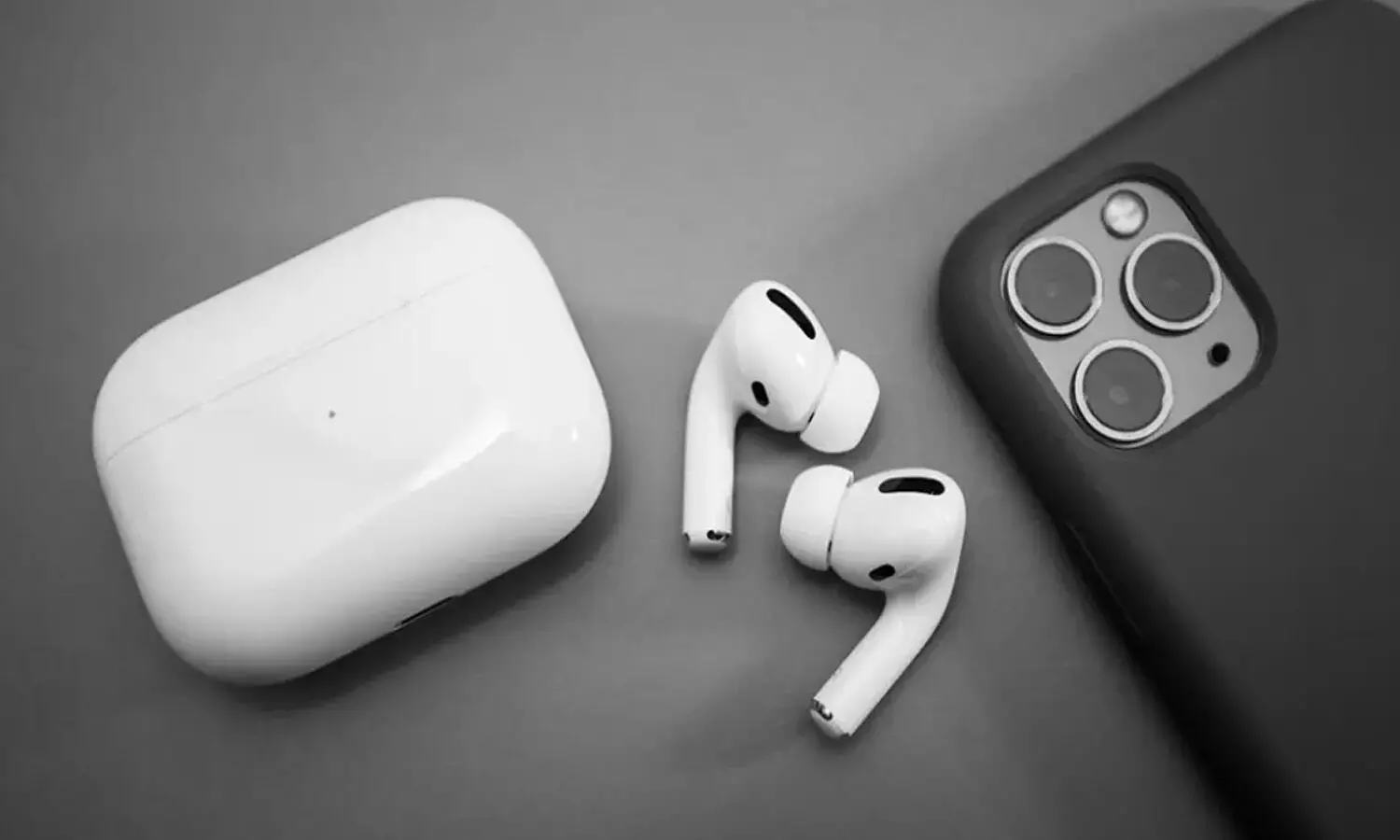TRENDING TAGS :
Headphones and Earbuds Trends for 2024
Explore the potential trends in headphones and earbuds for 2024, from Apple's anticipated AirPods update to Sonos' entry into the market.
How to Spot Fake AirPods: 5 Key Signs to Verify Authenticity
As we bid farewell to 2023, a plethora of wireless headphones and earbuds have graced the tech and audio market. Apple, Bose, Sony, and Jabra showcased their innovations with designs focusing on comfort, stable connectivity, impressive battery life, top-notch audio quality, and smart features like active noise cancellation. With the year closing, what does 2024 hold for headphone enthusiasts? Rumors and leaks offer a glimpse.
Apple's Evolution:
In 2024, Apple might unveil two new models to replace the third-generation AirPods. One of them is expected to feature active noise cancellation, bringing this premium feature to a non-Pro model. The design is likely to maintain the familiar one-size-fits-most style, steering away from the in-ear design of the AirPods Pro. USB-C compatibility is anticipated as Apple continues its shift away from Lightning ports.
Sonos' Debut:
After years of speculation and patent filings, Sonos may venture into headphones. Positioned to compete with top models from Apple and Bose, these headphones could carry a hefty price tag ranging from $400 to $500. The unique selling points are yet to be unveiled, but they are expected to integrate seamlessly with Sonos' existing wireless speakers.
Samsung's Update:
Samsung Galaxy Buds 3 Pro might make an appearance as a successor to the well-received Galaxy Buds 2 Pro. Although there have been fewer recent rumors, the expectation is for an update to the popular earbuds released in August 2022.
Qualcomm's Wi-Fi Tech:
Qualcomm's S7 Pro chip for headphones, utilizing micro-power Wi-Fi instead of Bluetooth, is anticipated in 2024. The advantages include true lossless audio, improved stability in busy environments, and extended range. While the initial technology requires a compatible Android phone and headphones, it's a step toward an enhanced audio experience.
Spatial Audio Wishlist:
While not confirmed, the hope for 2024 is a standardized system for spatial audio technology. Over the past three years, various headphones and streaming services have adopted Dolby Atmos and other spatial audio tech. However, the lack of compatibility across different brands has been a challenge. A unified approach would benefit users, though the current system serves as a strategic tool for brands to keep users within their ecosystems.



